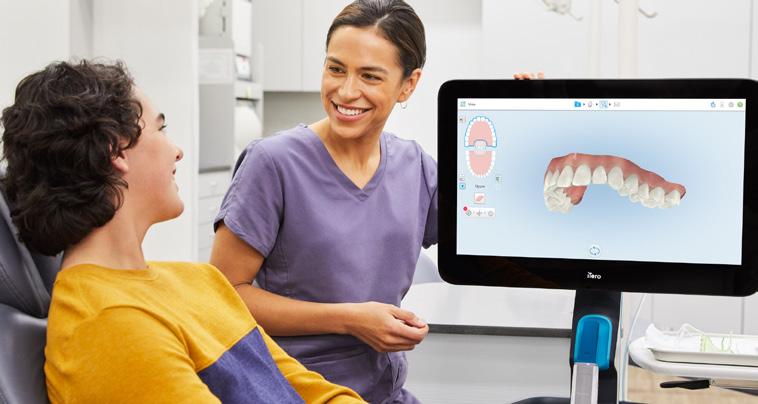
4 minute read
Digital Dentistry- A Better Way
Brought to you by - Dr. Bradley Hepler and Dr. Jeffrey Priluck, The Atlanta Center for Dental Health
Have you ever been to the dentist and the dentist needs to take an impression of your mouth? If you have done this before, you may have just taken a deep breath and started to get nervous. Traditional impressions have always involved a large tray loaded with impression material (goop!?!) that must be inserted into your mouth to make a mold of your teeth. Isn’t there a better way? Yes! The latest technology now allows your dentist to take a digital impression instead.
Digital impressions (also called 3-D intraoral scanning) construct a three-dimensional digital model of your teeth and your entire mouth. Digital impressions are less messy and more pleasant than traditional impressions. Patients with a gag reflex or sensitive teeth have a better, more comfortable experience. A small (radiation-free) laser wand takes a series of images of your teeth and your gums and stitches them together into a 3-D virtual model of your mouth. You can immediately touch the screen and rotate and adjust the image to see your teeth from all angles. You very likely have never seen your teeth and your mouth like this. It’s amazing!
The Atlanta Center for Dental Health has the iTero Element intraoral scanner imaging system. The 3-D model of your mouth is immediately on the IPadlike screen right beside you. It can immediately be adjusted and looked at from all angles. This image can be
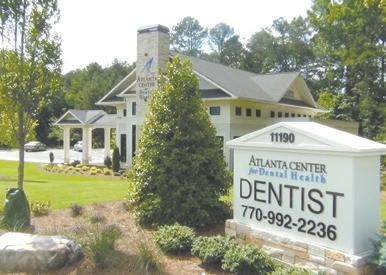
PROVIDED uploaded to the dental laboratory for the construction of a crown or clear aligners or other dental prosthetics and appliances. This allows for the rapid fabrication of amazingly accurate, perfectly fitting, artistically created natural looking dental restorations that improve your smile and your appearance and wow your friends. One of the most amazing uses of this technology is the ability to immediately see a Smile Simulation. In about a minute, your dentist can show you what your smile would look like if you straightened your teeth or improved your bite with clear aligners, like Invisalign™. Again, you can touch the screen so that you can see your smile from all angles. Dr. Hepler and Dr. Priluck at the Atlanta Center for Health would love to show this technology. Please call or stop by for a quick no cost Smile Simulation of your very own.
“Preventive Dentistry can add 10 years to human life.” -Dr. Charles Mayo of the Mayo Clinic
Dr. Bradley Hepler, Dr. Jeffrey Priluck and the experienced team at the Atlanta Center for Dental Health provide the most modern advances in cosmetic dentistry. Experience immediate results with procedures to greatly enhance your smile and your health. If you would like a complimentary consultation to discover your options, please call us at 770-9922236. Dr. Hepler and Dr. Priluck are highly trained and certified to provide you with the latest and best techniques to allow you to achieve your cosmetic and restorative goals.
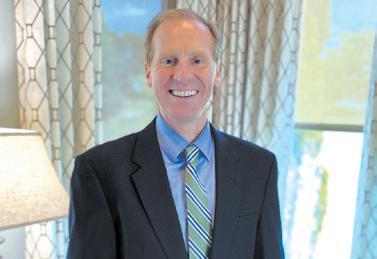
Sunshine on healing skin — one step forward, two steps back?

to you by - Brent Taylor, MD, Premiere Dermatology and Mohs Surgery of Atlanta
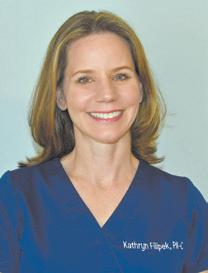
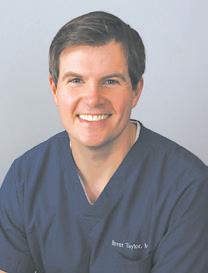
The most common pre-cancerous lesion dermatologists treat is the actinic keratosis or “AK.” These rough growths are often frozen with liquid nitrogen and gone in a zap. Sometimes, however, a patch of skin is covered with precancerous lesions. One almost doesn’t know where to start. For such a patient, the correct treatment is often not to spray twenty or thirty AKs with liquid nitrogen. If the whole patch of skin is affected with precancerous lesions, then spot treatments like liquid nitrogen zaps will just result in a game of whack-a-mole. One AK is beaten down only to have one or two more pop up by the next visit.
Field damage demands field treatment. Rather than spot-treating individual AK’s, an entire patch of skin can be treated with certain creams and therapies to reduce the number of precancers and the amount of sun damage in an entire area. Field treatments like fluorouracil cream, imiquimod cream, and photodynamic therapy (“blue light therapy”) can reduce the AK burden across an entire zone such as the entire scalp or face. These treatments reduce the number of future cancers and get the number of AK’s back down to a reasonable number.
I often recommend field treatments to my patients but with one big caveat. I tell them, “Don’t undergo a field treatment unless you can stay out of the sun during the treatment and for a week or so afterwards.” I advise patients that I am worried that sun damage on skin that is being treated or is recovering may not only cancel out the benefits but might leave them worse off.
Why the worry? Am I overcautious? I believe not. I’m concerned about more than just a little sunburn. I’m concerned about the sun hitting cells when they are at their most vulnerable: when they are replicating – such as when cells fill in tiny wounds and even micro-gaps created from the killing of precancers like AKs.
Every system has its vulnerabilities, and our DNA repair processes are no different. Our cells’ repair processes work well during the resting phases of cell life when they are happily performing their usual functions. But when a cell decides to duplicate its DNA and divide into daughter cells in a process called mitosis, some of the repair processes are temporarily shut down.
Remember in the movie Jurassic Park when getting the park back online requires temporarily turning everything off? The electricity to the fences had to be shut off, too, and some of the carnivorous dinosaurs escaped and wreaked havoc. Well, the same thing happens in our cells when they duplicate their DNA and divide from one cell into two cells. When cells synthesize new DNA, many of the DNA repair processes are temporarily turned off to allow DNA duplication and cell division to take place. If a mutation, such as from sunlight, occurs when the repair systems are off, then the mutation is often not corrected. The resulting daughter cells are permanently affected with the mutation. Such mutated cells can develop into cancer.
Field treatments like fluorouracil, imiquimod and photodynamic therapy kill bad cells. The healthy neighbor cells must then start dividing to take the place of the bad cells. More cells dividing means more cells with DNA repair processes in the “off” position. Treatments aimed at eliminating cancerous lesions temporarily create a vulnerable state.
Advice to avoid the sun during AK treatments is not just a case of preventing your usual sunburn or of healing skin being more sensitive. Healing skin is more susceptible to mutations and DNA damage from sunburns than resting skin is. Biology argues against taking a “cheat day” and getting sun exposure during or after any treatment that requires skin to heal. If you find yourself in need of field treatment such as PDT, fluoruracil or imiquimod, remember it is only a good idea if you can stay out of the sun during the entire treatment and for the time it takes afterwards for your skin to repair itself.










